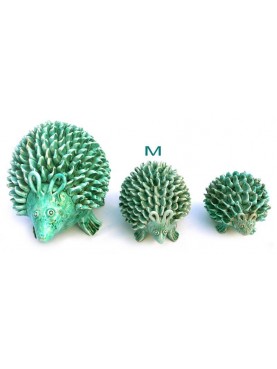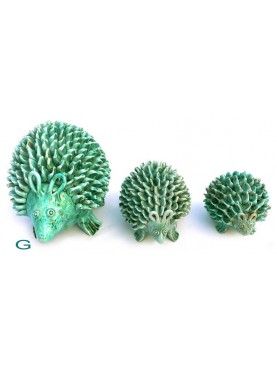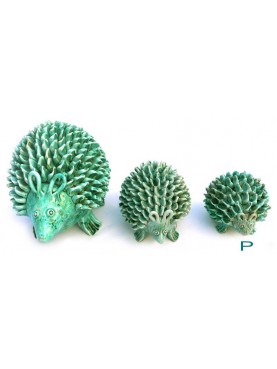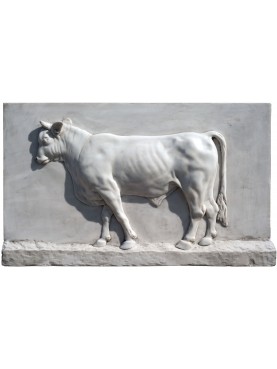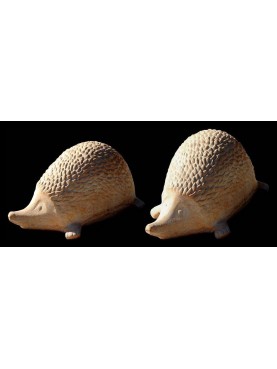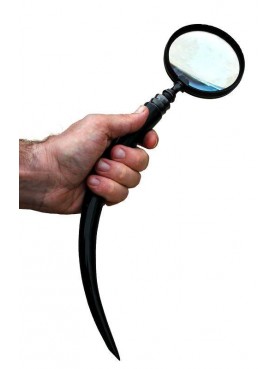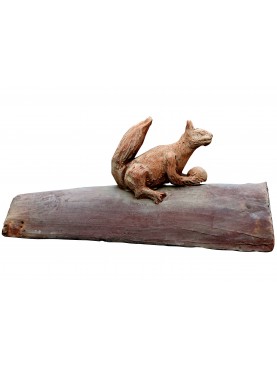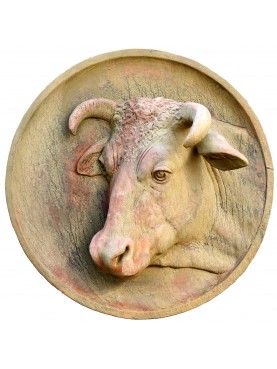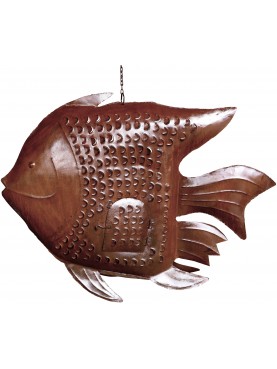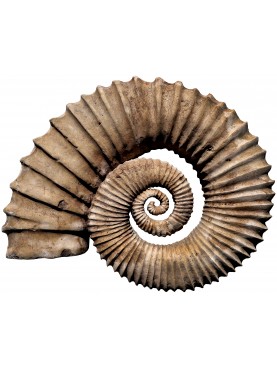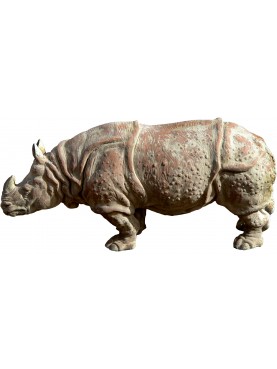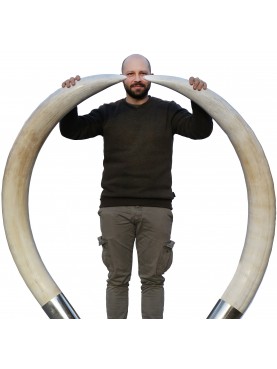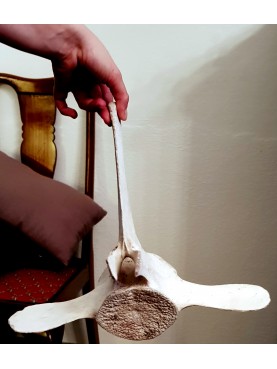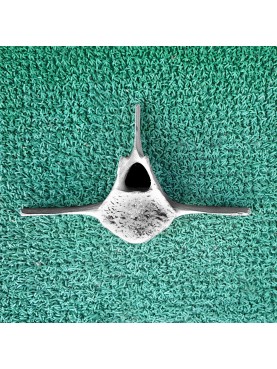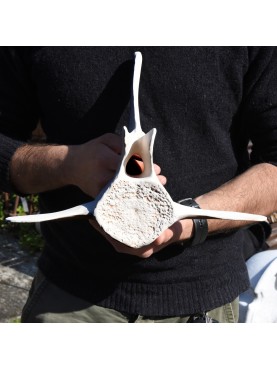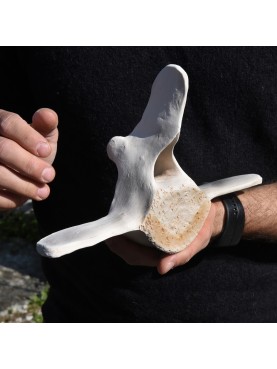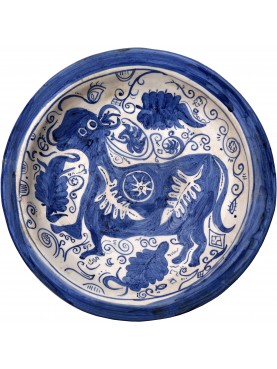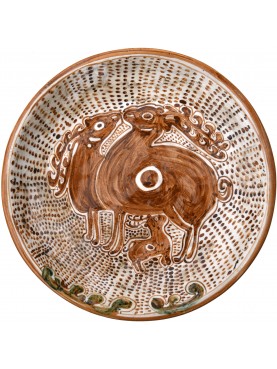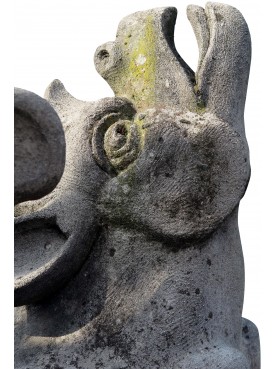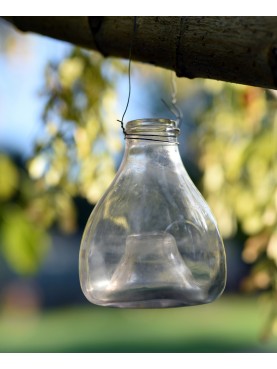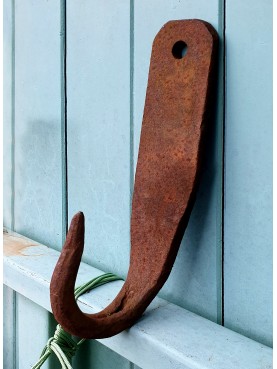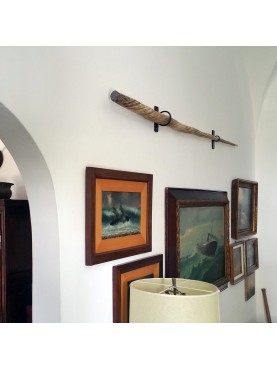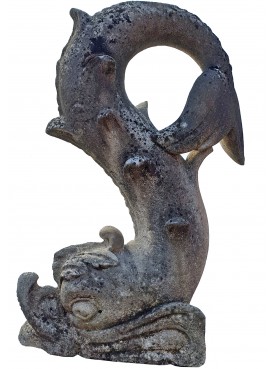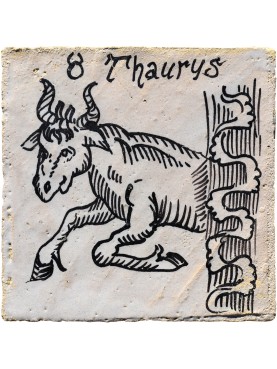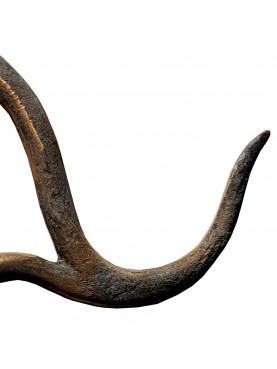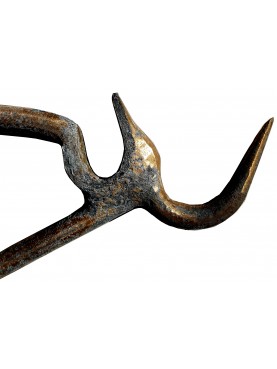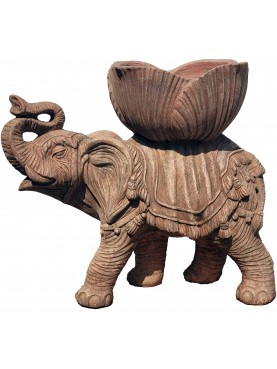Ancient Roman Bull Bas-relief in Plaster
Ancient Roman Bull Bas-relief in Plaster
11577
New
Reproduction of the ancient Roman bull forming part of the bas-relief depicting the animals sacrificed in the "suovetaurilia" on the back of the "plutei of Trajan", today located in the Curia Iulia, Roman Forum.
The sacrifice of the suovetaurilia (or suovitaurilia) was a purification rite of apotropaic nature practiced in ancient Rome, of Indo-European origin: with it it was intended to invoke the protection of the deities.
It consisted of the consecration of a pig (sus), a ram (ovis) and a bull (taurus) generally to the god Mars, even if then only the bull was sacrificed to this god while the pig was sacrificed to the chthonic deities and the lambs or the ram to the god Quirinus.
1 Available
Data sheet
| Height | 19.69 in | 50 cm |
| Width | 28.35 in | 72 cm |
| Thickness | 1.97 in | 5 cm |
| Weight | 33.07 lbs | 15 Kg |
| Manufacturing | Made in Italy | |
| Material | Plaster cast |
More info
In architecture, a pluteus is a balustrade made of massive rectangular slabs, made of metal or more often of wood or stone, which divides two parts of a building. It can be decorated very simply with raised frames or enriched with geometric or figurative motifs.
The oldest evidence of suovetaurilia - therefore also present among the Greeks - is that provided by Homer in the Odyssey, where it is reported that the soothsayer Tiresias urges Ulysses to sacrifice a pig, a ram and a bull to the god Poseidon; again in the Odyssey, the same sacrifice is mentioned at the court of the king of the Phaeacians, Alcinous.








